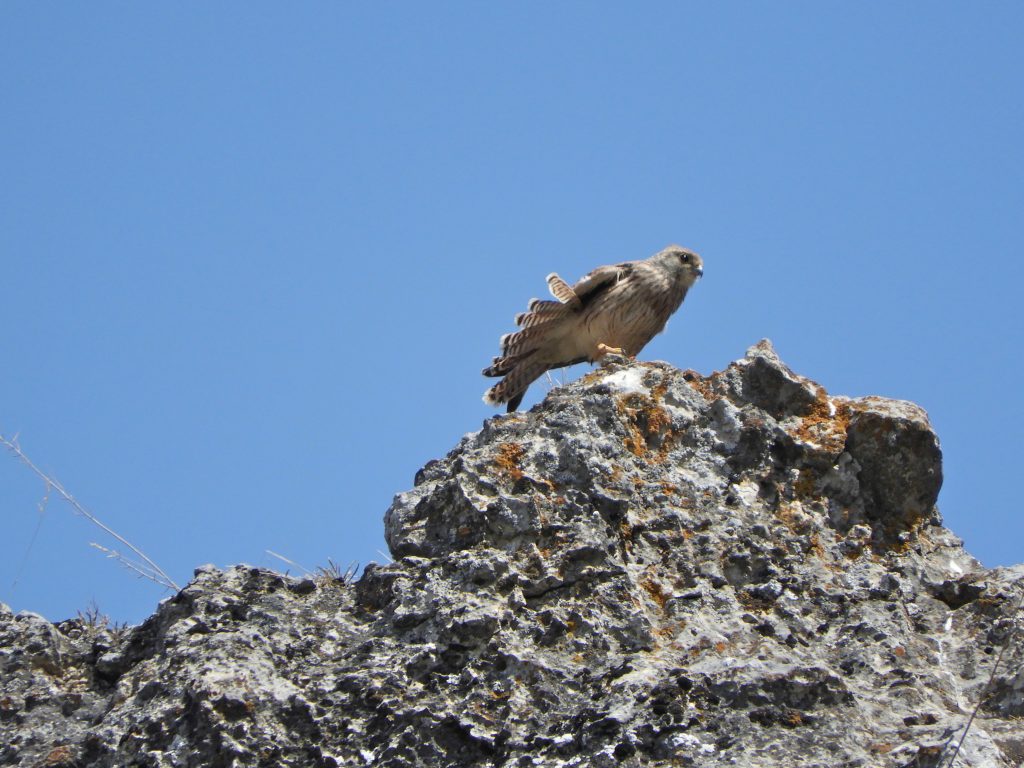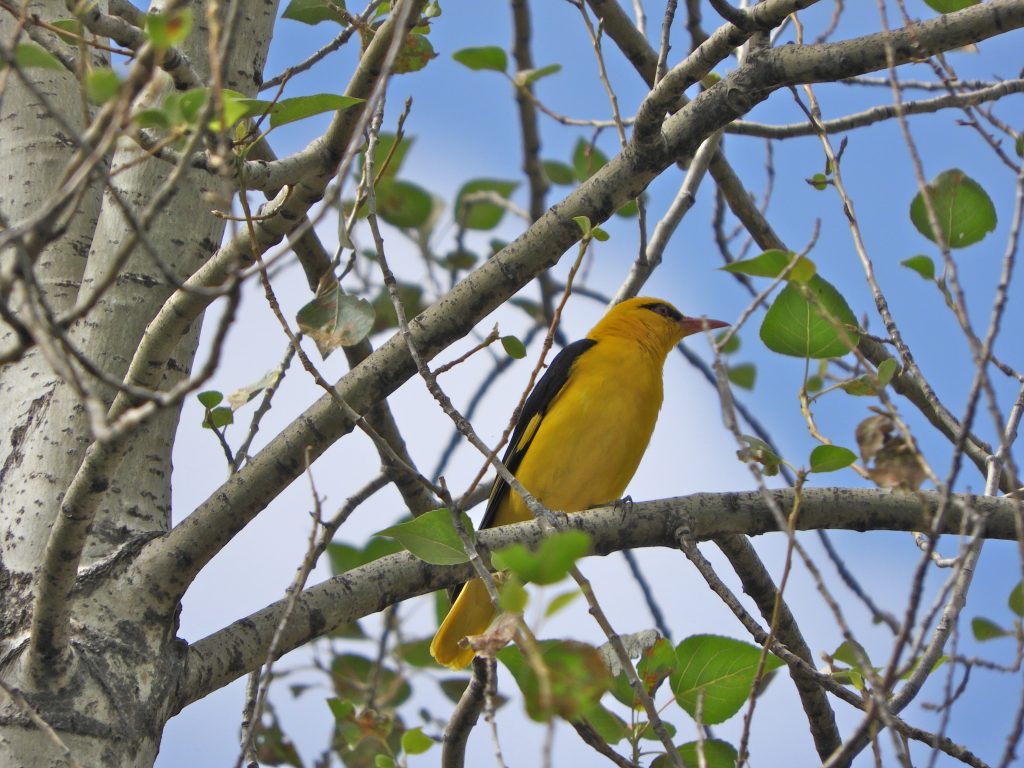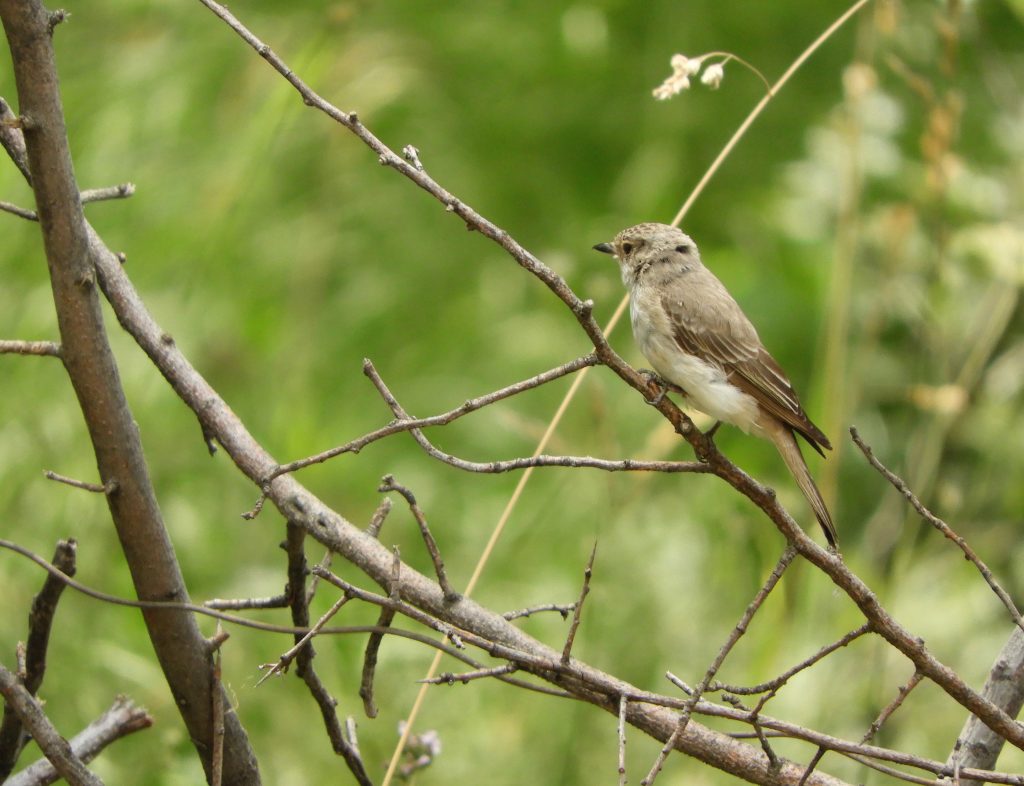July 26 2018. Arslanbob, Kyrgyzstan. Some months ago I was loaned ‘Wildwood’ a book by British author Roger Deakin. Deakin, who died in 2007, was celebrated as a writer on nature topics and you get the idea that he was always profoundly passionate about his topic, sometimes perhaps to the point of being well, a touch eccentric. For example, he made it his mission to swim in as many English rivers, canals and castle moats as he could, time of year apparently being of no importance. ‘Wild swimming’ he called it and of course he wrote a book about it, aptly titled Waterlog. I don’t think the Brits saw this swimming lark as a particularly odd thing to do. But then England turns out eccentrics at a rate and of a caliber that few countries can match. Still, Deakin’s Wildwood was a good read, it is a collection of stories and essays about trees, their time and place and his involvement with them.
I tell you this because, as I plowed my way towards the end of the book, I was astonished to find four or five chapters dedicated to forests in Kyrgyzstan. At the time I was in that middle-early phase of planning my Snow Leopard journey and actively looking for other interesting places to explore while there. What Deakin wrote about so compellingly was a pocket of alpine valleys in southern Kyrgyzstan in and around the village of Arslanbob. There the slopes below a towering snowy peak are cloaked in a walnut forest. The trees are the Persian or English Walnut, Juglans regia, the one that we associate with nutcrackers and Christmas, at least in my family. Whatever their use, the walnuts are highly valued, almost a currency at harvest time (right now, September) and, as far as I could tell, Arslanbob ‘s walnut forest is unique; I wanted to see it.
So I went, I saw the walnut forest and fascinating it was; it’s a story on its own. Some of the ancient and modern natural history of the ‘stans of Central Asia is quite fascinating but it barely touches on our sense of the here and now. There’s much more to Kyrgyzstan than Snow Leopards; it’s fascinating. The apple, that staple among temperate climate fruits, is known to have originated in the mountains of Kazakhstan and Kyrgyzstan. I saw many, what I took to be wild (certainly untended), apple trees bearing good sized fruit. And hillside forests include wild cherries, almonds, plums and pistchios all ancestors to our familiar fruits. Overlay on that abundance of free-for-the-taking food the fact that the famous Silk Road passed through these valleys and you can imagine the depth and richness of historical fact and fiction.

Arslanbob was modestly interesting from this birder’s point of view, but it was late July and birds had stopped trying to be noticed. We watched young Common Kestrels diving from a cliff edge and mastering high-speed flight, I got a glimpse of a Yellow-breasted Tit and photographed an obligingly static Spotted Flycatcher. Best by far though was seeing a couple of Golden Orioles. Like so many of the birds I write about here, Golden Orioles were one of those childhood dream birds, like the European Roller and Citrine Wagtail, birds I’d seen in books but had never thought I’d encounter in real life. I’d had one or two glimpses, annoyingly fleeting ones, of Golden Orioles on my way down to Arslanbob and had read that they’re quite common. Then one lazy afternoon as I lay dreaming a hot afternoon away (lying because in our Uzbek host’s open verandah there were no chairs, only divans and cushions over thick carpets), I followed a new bird call to a nearby Poplar tree. It was of course this oriole dream bird and I was able to take several pictures. There was a twist in the plot though, when I turned to the relevant pages of my field guide I found that what I thought was a Golden Oriole was in fact an Indian Golden Oriole; a different species, not markedly different, it has slightly heavier black eyeline and a bit more yellow in its flight feathers, but a distinction that gave me a notional connection to the Indian sub-continent.


Beautifully written, thank you.